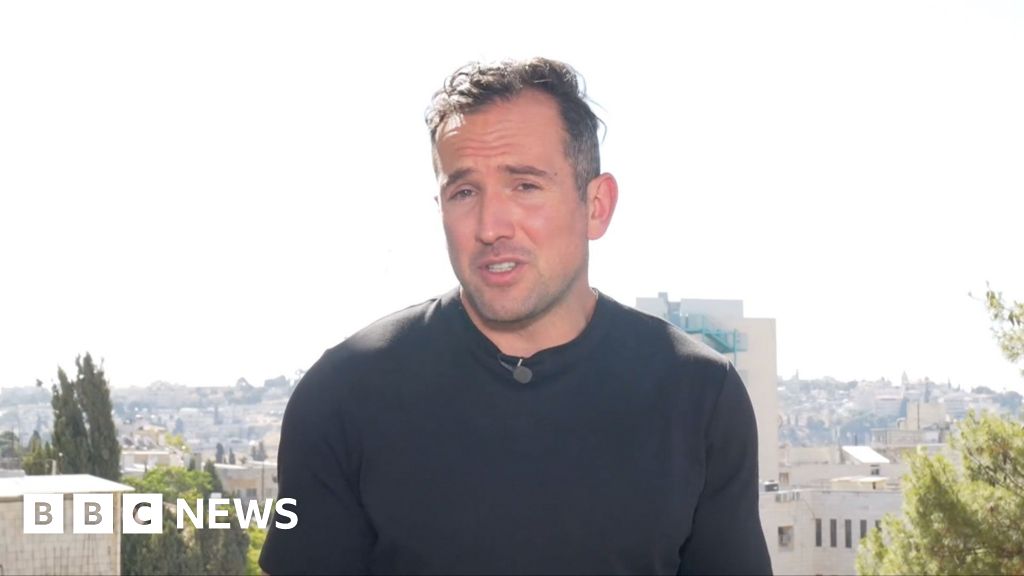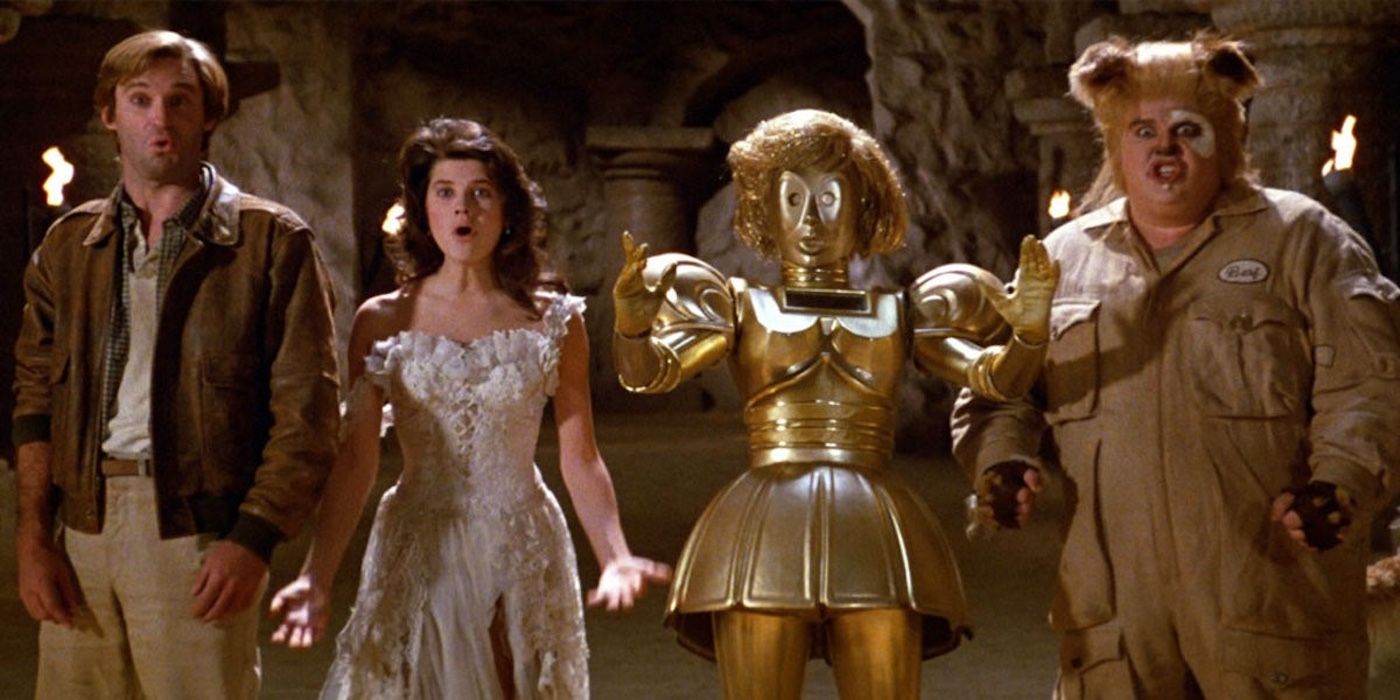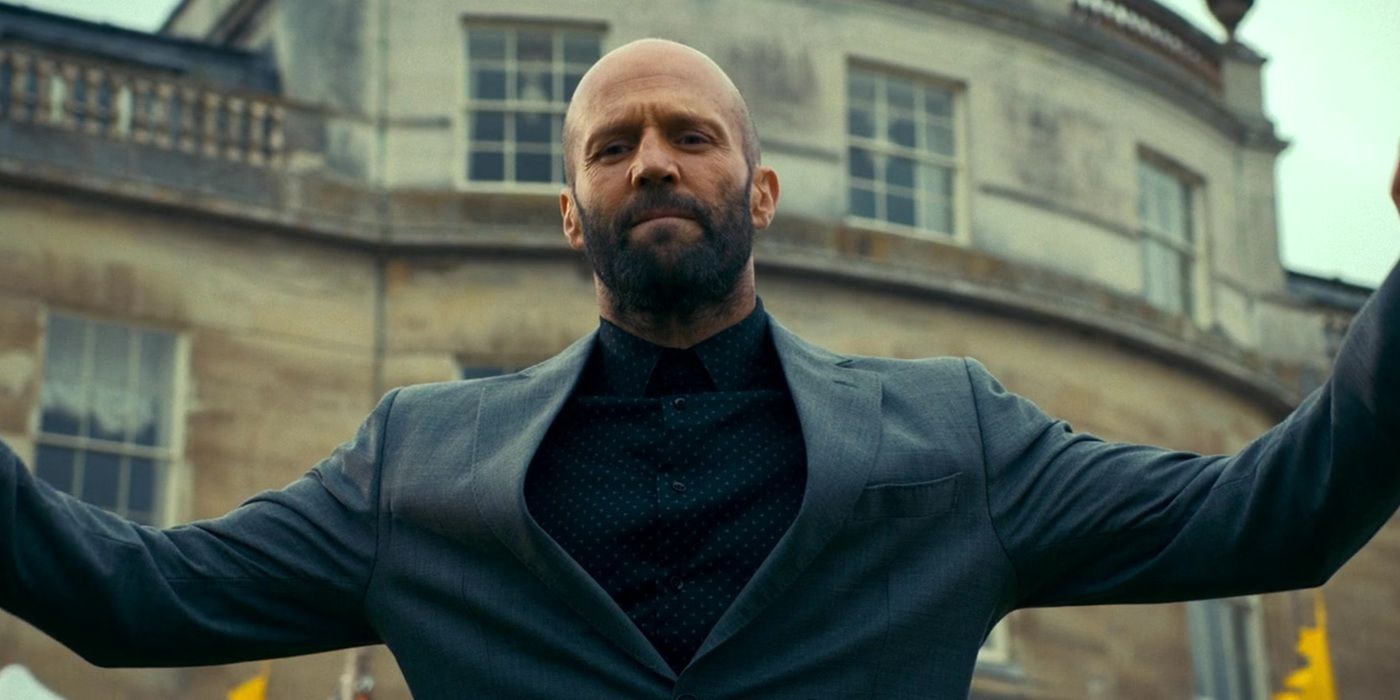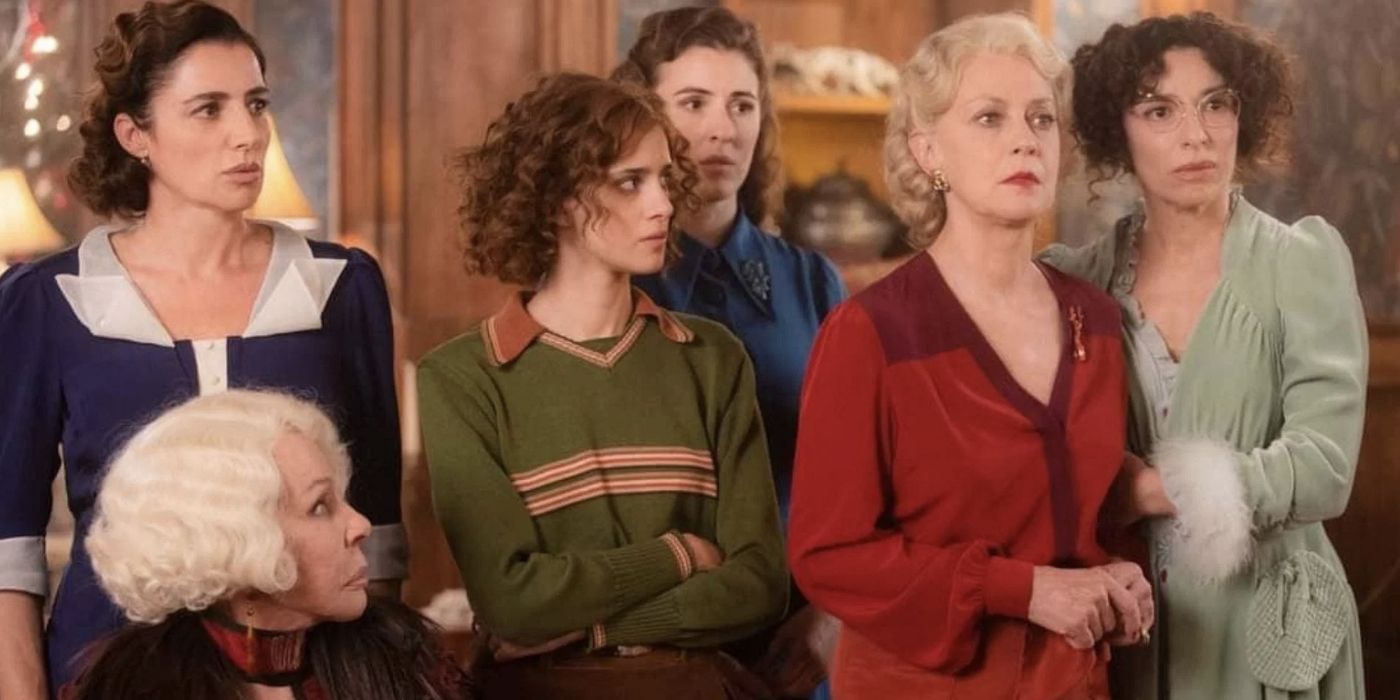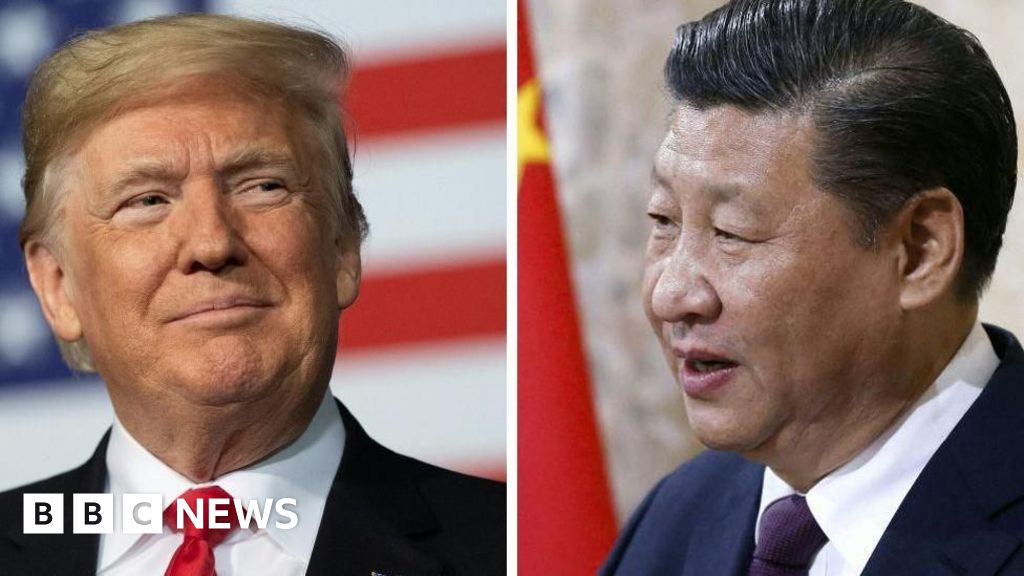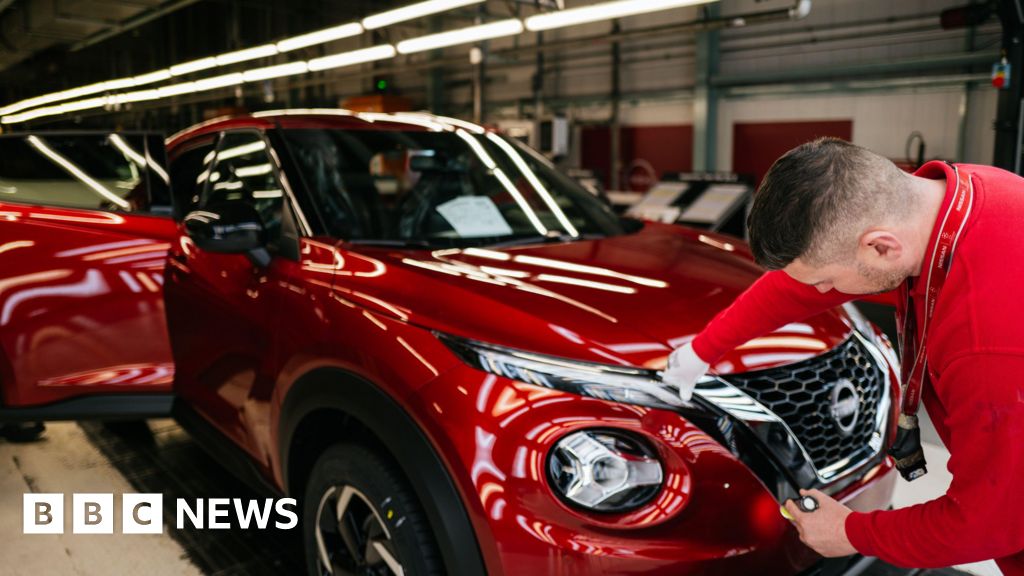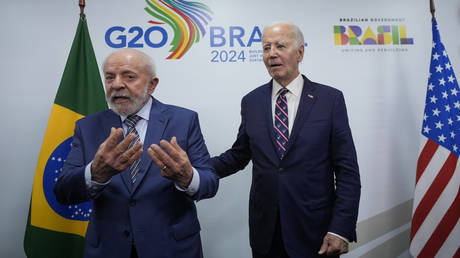AFL-CIO president Liz Shuler on the value of Trump: “The best organizer is a bad boss”
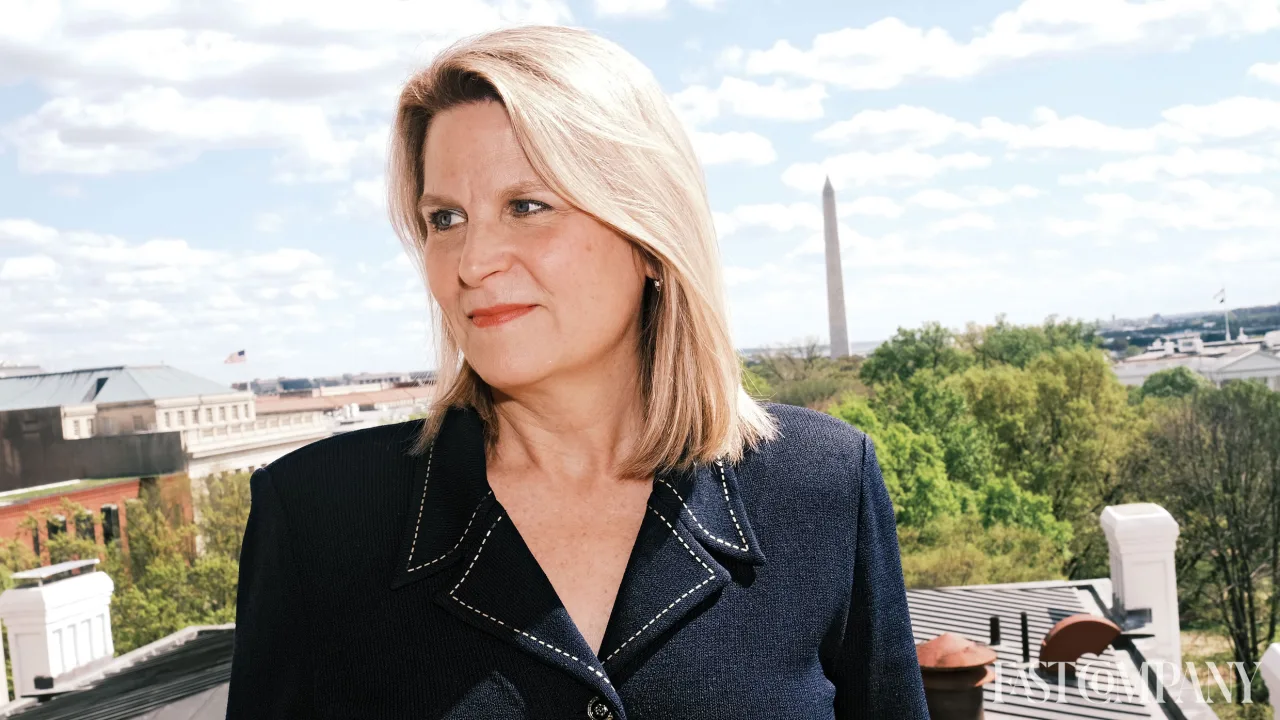
Liz Shuler has a tough job. It’s not just tough to do. It’s tough even to define. As the president of the AFL-CIO, a 70-year-old federation of 63 national and international unions representing more than 15 million workers, she is the leader of the American labor movement.
But “labor” is not a monolith. She represents NFL players, government workers, Hollywood writers, hotel janitors. Shuler, who became the first woman to run the AFL-CIO when she was elected in 2021, doesn’t negotiate pay rates or mediate disputes between workers and management.
Her mandate is much broader: Grow the ranks of unionized workers across industries, lobby policymakers to pass pro-worker guidelines and remove barriers to unionizing, make the labor movement more inclusive to all people, and stand up to powerful anti-union forces at the highest levels of business and government.
She’s been busy lately. On January 20, one of the most labor-friendly presidents in U.S. history moved out of the Oval Office and one of the most anti-labor presidents moved back in. Two months later, Trump signed an executive order (EO) that amounted to “the bombing of Pearl Harbor against the labor movement,” in the words of the labor activist and author Hamilton Nolan. Under the guise of national security, the EO stripped the collective bargaining rights of workers at more than 30 federal agencies. Shuler does not think Nolan was being hyperbolic.
Even before Trump’s return to power, Shuler and the movement faced an uphill battle. While support in the U.S. for organized labor has never been higher, especially among young people, the percentage of the workforce that actually belongs to a union has been stuck at 10% for years.
Shuler has taken some heat for not doing more to grow that number. Nolan, for one, mocked her 2022 announcement that the federation would add at least 1 million members over the next decade as an almost comically unambitious goal, likening it to Austin Powers’s pinky-fingered ransom demand for “1 million dollars!”
Shuler discussed these criticisms, and much more, in a wide-ranging conversation in early April at the AFL-CIO’s offices in Washington, D.C., less than two blocks from the White House.
This interview has been edited and condensed.
Joe Biden did a lot of things to help workers who were already unionized. Still, only about one in 10 Americans holds a union card today, and those numbers didn’t move much during his presidency. Why didn’t labor make more gains under Biden?
I don’t think people understand how broken the labor laws are. When [workers] try to form a union, they are universally harassed, discriminated against, and usually fired. That has quite a chilling effect on people. It’s very risky for people to stand up for their rights.
When you try to form a union, you have to go through a process that then is recognized by the National Labor Relations Board. You have a vote. Usually, if the process goes well, without union busting by the company, it takes a period of time and it takes stamina. [But] in most union elections now, the companies fight you tooth and nail.
I’ll take Amazon as one example. We had warehouse workers who came together, wanting better conditions. They wanted to form a union, but they were surveilled. They were followed into the bathrooms to make sure they weren’t talking to each other. They were monitored at traffic lights leaving the facility if a union organizer was trying to talk to them on their way out of work. It was a big intimidation campaign. You can imagine how exhausting that is, how scary that is. And that happens at workplace after workplace throughout this country. It takes an act of heroism to form a union these days.
How much of your job do you see as growing the total number of unionized workers versus taking care of the people that are already in your membership?
There’s a notion of balance, right? We have the base membership, the industries that have long been part of our movement, which we want to preserve and maintain and continue to grow. But we also have these emerging industries that are largely not unionized. We have our eye on the future. We know technology is affecting work. The needs of the workplace are going to be different, and you’re going to have a different demographic in the workforce.
We think that the labor movement can be the place to help people figure out what’s next. Perhaps you’re afraid that you’re going to be replaced by artificial intelligence. The labor movement is there to help you not only fight for respect and dignity and a voice but also to plan for whatever transition might come next. We have been the largest provider of training and upskilling, second only to the U.S. military, throughout history. If you add up all the capacity of the labor movement, we’re like the third-largest university system in the country.
The majority of union members backed Kamala Harris in 2024. But blue-collar America is shifting significantly toward Trump. Do you know the number of Trump supporters in your membership?
We definitely have membership across the political spectrum. In the last election, union members voted nearly plus-20 for Kamala Harris, as an overall number. Now, within the labor movement, there are unions [across] different industries, and we had our share of membership who voted for Trump.
But I would say that our message was an economic message. When we were able to really appeal to our members based on the things they cared about, their ears opened and they heard us and they listened. The problem is we weren’t reaching enough working people writ large, outside the membership of the unions. If the labor movement was larger, if we had a bigger footprint and were able to talk to more working people, the result [of the presidential election] might have been different.
In late March, Trump signed an executive order that effectively stripped the union rights of 700,000 federal workers across 30 agencies. [The EO prompted legal challenges, including from the AFL-CIO, and has been blocked by federal courts as the suits proceed.] What was your personal reaction to this news?
It was an absolute gut punch. I think we all knew that attacks would be coming, but the speed and the scale of it was absolutely stunning.
When I got the news, it was around 8 o’clock at night on that Thursday. The president of AFGE [the American Federation of Government Employees] called me, saying, “The ultimate attack has just happened.” We went into rapid response mode that very night until the wee hours, standing up calls with our leaders and our lawyers and trying to make sense of what was in the EO and what the impact would be. The next day [we held an] emergency call with all of our union leaders to say, “An attack on one is an attack against all.”
We did a press conference on Capitol Hill. We filed lawsuits. We’ve been standing up actions in the streets. We’re utilizing all the tools in the toolbox because this is the largest attack against the labor movement in our history.

Liz Shuler outside the AFL-CIO offices in Washington, D.C. [Photo: Kyna Uwaeme]
A lot of people point back to the air traffic controller strike [when then–President Ronald Reagan fired many of its 12,000 members and then decertified the union]. This dwarfs that. It affects everybody. It’s not just, “Oh, you work for the federal government, too bad for you.” No. This will ripple out across the public sector, across the private sector.
We’re not going to be, you know, revealing our playbook in public [laughs]. That’s probably not wise. But we are working strategically to continue to escalate and ramp up our actions. If you know anything about unions, you know that we go on strike. That is our most powerful tool. We do not deploy it at the drop of a hat, and we don’t start there. We work up to it.
There’s a lot of Elon Musk on your website. This suggests that you see him as a valuable bogeyman. Do you think that he’s generating more energy among your membership than there would have been if it was Trump only who kind of represented a lot of these moves?
Absolutely, because nobody elected Elon Musk. He is an unelected billionaire wreaking havoc on our federal government. And this DOGE [she pronounces the name in an elongated and disdainful way]—you know, the Department of Government Efficiency.
[Laughs.] I like the way you say that.
There’s a lot of other ways of pronouncing it [laughs]. We have said that no one disagrees that we can find efficiencies in government, but the way they’re going about it is absolutely irresponsible. It is a fake department that got stood up and has been given free rein to basically go in and cut government services that people rely on, and steal our data, with absolutely no guardrails. And we said, “Wait a second. If you can stand up your fake department, we’re going to stand up our own department, the Department of People Who Work for a Living.” We’ve been using that platform, DPWL, as a place to really interpret and decode what is going on, because most people are working 12-hour days and two and three jobs and aren’t necessarily sure how this affects them.
When you look out at the legal playing field, what do you see? How confident are you that the courts will have your back?
I mean, we still are a country of laws. Common sense dictates we cannot have a lawless society and let this administration just run roughshod over the rule of law. So we still have trust and faith in the legal system, and we do believe the law will catch up to these illegal actions. We’ve had some early successes, thank goodness. We filed a lawsuit the day after those probationary workers were fired. Twenty-five thousand [workers] got their rights restored. That was a big victory. We’ll celebrate that.
We also filed a lawsuit when DOGE came after the Department of Labor and tried to access private worker data. These are whistleblowers who have taken risks. These are people who have filed workplace complaints when you have a safety hazard. It’s a very vulnerable place to be. So we sued and said, “No, we need guardrails. We need to know what you’re asking for and have more transparency.” We won that lawsuit.
Gwynne Wilcox, the chair of the National Labor Relations Board, who is the ultimate traffic cop when it comes to workers who want to form a union and their company fires them—we were able to get Gwynne restored [after the Trump administration fired her]. Now that’s been under appeal, of course, and there’s some uncertainty there. [As of press time, all three of these cases remain ongoing.]
Let’s talk about the tech industry, labor, and AI. There’s been a smattering of organizing at some big tech companies, but really, not much. Why do you think the labor movement hasn’t gotten more traction there?
I still think there’s a stereotype of what a union is and who a union represents, and we’re working really hard to demystify that. Unions are about the workers themselves deciding what their union looks like and what they prioritize. So if you think a union is just for someone who works in a steel mill, think again. We know that some of the developers that we’ve talked to, especially in the video game industry, work insane hours with little breaks. These are like the modern-day sweatshop in some ways.
I think people inherently fear speaking out, especially in an industry where they know there are people lined up behind them to take their job. I think it’s on us, frankly, to continue to modernize how people see unions and [understand] what we are capable of, particularly in industries that work differently and are evolving and changing and innovating.
A year ago or so, you were pretty focused on AI and how it would disrupt labor. A lot of things have changed, namely the administration that we’ve been talking about.
[Laughs.] Exactly.
Where is your head on this now? How much time are you able to spend on this question of how AI might replace human labor?
AI and technology is the new frontier for the labor movement. AI absolutely is something that we think about every day we wake up. We established our technology institute within the AFL-CIO a few years back because we saw what was on the horizon. We saw things like algorithmic management [of workers], worker privacy, and data security, not to mention just how work is done. When you check into a hotel and you see those kiosks [for checking in] and you look at the desk agents, you can see what’s on the horizon. We need to be responsive and bring workers’ voices and perspectives upstream in the process, not wait until a job is displaced or it’s too late. We know we’re not going to stop technology from changing the way we do work. We just think that it shouldn’t dehumanize us, it shouldn’t make us poor, and we should share in the benefits of all these productivity gains that we’re going to see in the future.
I’m a little skeptical that the tech industry is going to really give you a seat at the table. The financial incentives that companies have to lower their overhead and reduce their workforce are just too great. But you struck a deal with Microsoft in 2023 to do just that: give workers a seat at the table as AI evolves. What are your expectations for that partnership?
You think you were skeptical! [Laughs.] I absolutely never would’ve dreamed that I’d be standing on a stage with [Microsoft vice chair and president] Brad Smith announcing that partnership in 2023. We have a partnership on AI specifically, where we meet with labor leaders twice a year. [Microsoft workers provide the AFL-CIO with feedback on new technologies being developed in the company’s labs.]
In between those meetings, we’re working at a staff level to actually get workers who are on the front lines of the healthcare industry, for example, to help inform what tech can or should look like in a hospital. In the transportation industry, bus drivers who are using automated buses—[we’re ensuring that] their voices are being heard and that their expertise is actually being tapped into to make it a responsible use, an informed use that doesn’t just land haphazard in a workplace without it being thought through [to assess] how it can best benefit working people.
During your time as head of the AFL-CIO, and even before you became president, you prioritized diversifying unions. What do you see as the benefits of a diverse workforce, specifically from an organized labor perspective. How do you react to and contend with the DEI backlash that we’ve seen in recent years, not just since Trump was elected?
In the labor movement, we believe that diversifying our workforce is a strength and we need the perspectives and contributions of all working people to make us strong. Little-known fact: The labor movement is the largest organization of working women in the country. And a lot of people don’t see us that way. But we’ve been fighting for pay equity since our inception. And the best way to get an equal paycheck if you’re a woman is to join a union.
But now I think it’s our responsibility to continue to fight back and protect the gains that we’ve made. It is alarming to see what’s happening with these companies who are folding and just canceling their DEI policies without batting an eyelash. We’re going to continue to work with allies and partners in the civil and human rights space, allies who are saying, “Let’s do a buy-in” or as I call it, a “buy-cott,” where we’re actually giving business to companies that are respecting policies and standing by them so we can leverage our consumer behavior and come together and have a stronger voice.
Your first term is up in about a year [June 2026]. What is most important for you to accomplish before that term is up?
I think we’re in a unified moment. The best organizer is a bad boss, and that’s the moment we’re in with this administration. It has brought such solidarity to our movement. We are coming together, supporting each other, fighting together, strategizing together more than ever before.
There are very few institutions in this country left standing that can mobilize real working people in every city, in every state, in every workplace, in every industry. And that’s the labor movement. My hope is that next year will be an all-of-movement moment, where we are fighting back in unison and deploying strategies that ultimately prevail, and we win for workers. And [that] the country sees us and wakes up, and says, “You know what? Their fight is our fight.”
Oh, and I will be running for reelection in 2026, just to be clear [laughs].
What's Your Reaction?
 Like
0
Like
0
 Dislike
0
Dislike
0
 Love
0
Love
0
 Funny
0
Funny
0
 Angry
0
Angry
0
 Sad
0
Sad
0
 Wow
0
Wow
0




